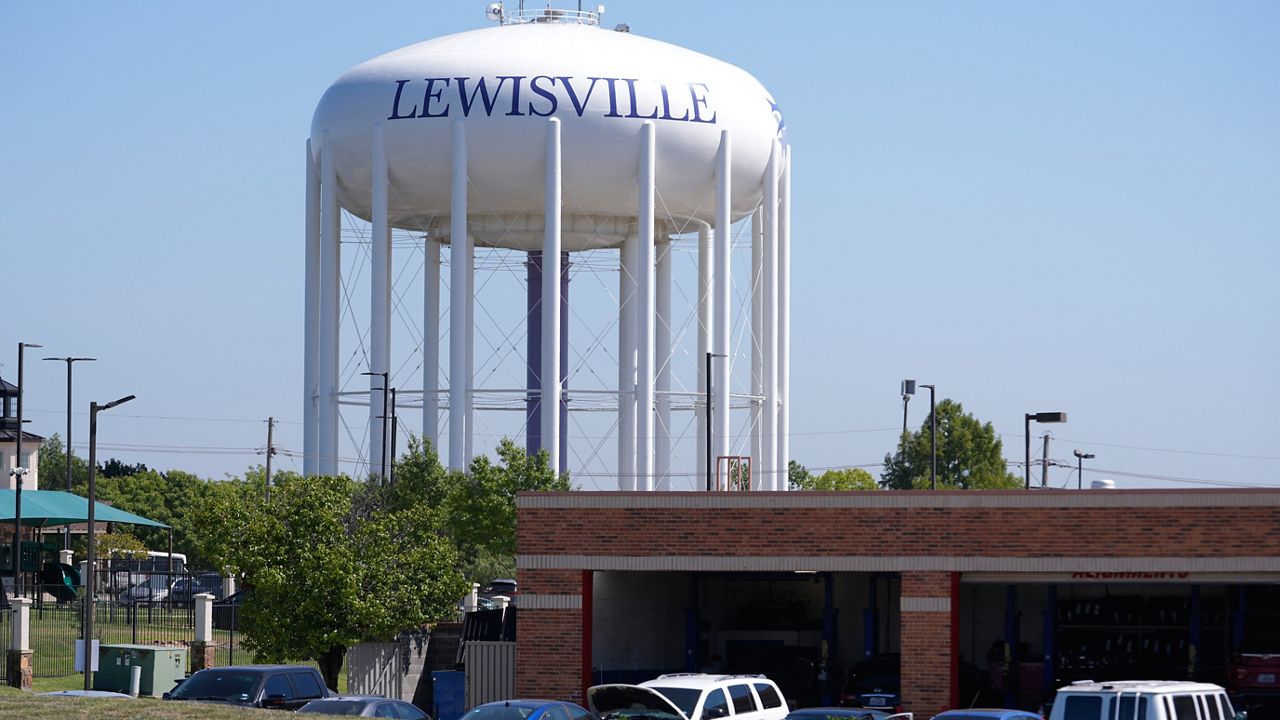TEXAS — Owning your own home is an important step for building wealth and long-term economic security. But accumulating wealth through homeownership is harder for families of color in the United States, an economic factor that has contributed to the racial wealth gap in America.
According to research by the Urban Institute, white households accounted for 68% of all the 81.9 million households in the U.S. in 2019. But nationally, white households hold a disproportionate amount of wealth, making up two-thirds of the homeowners but holding three-quarters of the primary-residence housing wealth, the report said.
“Black, Hispanic, and other nonwhite households hold a disproportionately small share of aggregate housing wealth because they account for fewer households and have lower homeownership rates,” the report said.
In addition, when Black or nonwhite Americans do own homes, the value of their homes tends to be of much lower value than their white counterparts’ properties, according to the study. The Urban Institute is a nonprofit research organization examining social and economic issues in the United States.
We looked at three of Texas’ major metropolitan areas, Houston, Austin and Dallas, and examined the report’s data with those from cities of comparable population sizes to see how they measured up, paying particular attention to the white, Black and Hispanic households and homeownership rates.
What we found were growing cities in the Lone Star State where Blacks and Hispanics, who now make up about the same population as white Texans at nearly 40%, were not enjoying equal amounts of the state’s total housing wealth.
Houston is America’s fourth most populated city with 2.3 million people. It’s also one of the nation’s most diverse metropolitan areas.
In 2019, 69% of all the city’s households were households of color. But those households of color held only 38% percent of the city’s total primary-residence housing wealth, compared with 62.4% held by white household homeowners total share.
While Hispanic households account for the largest share of the household population at 37% and Black households account for another 23%, Hispanic households held only 18% of the primary-residence housing wealth, and Black households held only 8%, the report said.
Compare that with Chicago, the third most populous city in the U.S. with 2.7 million people. In 2019, white households represented 40.7% of those living in the city, and they owned 59.6% of the housing wealth. Hispanic households were 21.2% and Blacks were 29.5% of the city’s households, but together, they owned 29% of the total housing wealth.
Houston had a much larger number of Hispanic and Black households than Chicago, but the gap between households and total primary-residence wealth in the city was stark, the report showed.
Texas’ booming capital, Austin, has a population of about 950,000 and is nearly the size of San Jose, Calif., where the population is just over 1 million. Both cities have thriving technology sectors as well as rising housing costs. Austin’s population increase in the last decade has driven the median home price in the Texas city to $367,100 in 2020, while the national median was $299,900, according to the Austin Chamber of Commerce.
The Urban Institute’s study found that white households made up 58.2% percent of all households in Austin, but they owned 74.9% of the total housing wealth in 2019.
This showed a sharp disproportionate amount of wealth held by white households in Austin when compared with San Jose.
Out in California’s capital of the Silicon Valley, white households in San Jose accounted for 35.2% of those living in the city, much less than in Austin, but they owned 43.5% of the city’s total housing wealth.
Hispanic households in both cities were nearly the same, with San Jose having a total of 23.7% and Austin a total of 25.7%. The percentage of total housing wealth for Hispanics was also similarly close in both cities, with 12% and 13.8%, respectively.
Landlocked Dallas doesn’t share much in common with San Diego on the Pacific Coast other than their population size. Dallas, as of the 2020 U.S. Census, had 1.3 million residents, while San Diego has 1.37 million.
Dallas has huge disparities in housing wealth when it comes to race and ethnicity, the Urban Institute found.
Dallas city’s white households accounted for 39.6%, but they own 71% of the housing wealth. Meanwhile, San Diego’s white households were 53.2% of all households, but they owned 67% of the housing wealth, another stark contrast in the household population size and housing wealth for two cities in the top 10 most populous metropolitan areas in the country.
Black households in Dallas represented 25.2% percent of those living in the city, but they own just 7.2% of the housing wealth. San Diego’s Black households made up 6% of all households, but they own 2.6% of the housing wealth, a small portion of the total but less stark than the disparities seen in the North Texas city.
Hispanic households in Dallas and San Diego were more similar, with 29% of the total in Dallas and 23% in San Diego. As for housing wealth, Hispanics owned 16.2% of the total in Dallas, and 12% of the total in San Diego.
Nationally the Black-white homeownership rate gap was the widest in the twin cities of Minneapolis and St. Paul, Minn., where 58% of white households in Minneapolis and 62% of white households in St. Paul were homeowners. Hispanic homeownership was 19% for Minneapolis and 18% for St. Paul, while Black households who owned their homes were 26% and 37% respectively.
“To combat these disparities, policymakers can address not only inequities in access to homeownership, but deficits in housing wealth more generally,” the Urban Institute report concluded. “A multilevel policy agenda is needed to target the household, property, and neighborhood differences that are key to housing wealth outcomes, as well as to root out instances of systemic racism to ensure a more equitable distribution of homeownership and its benefits.”










